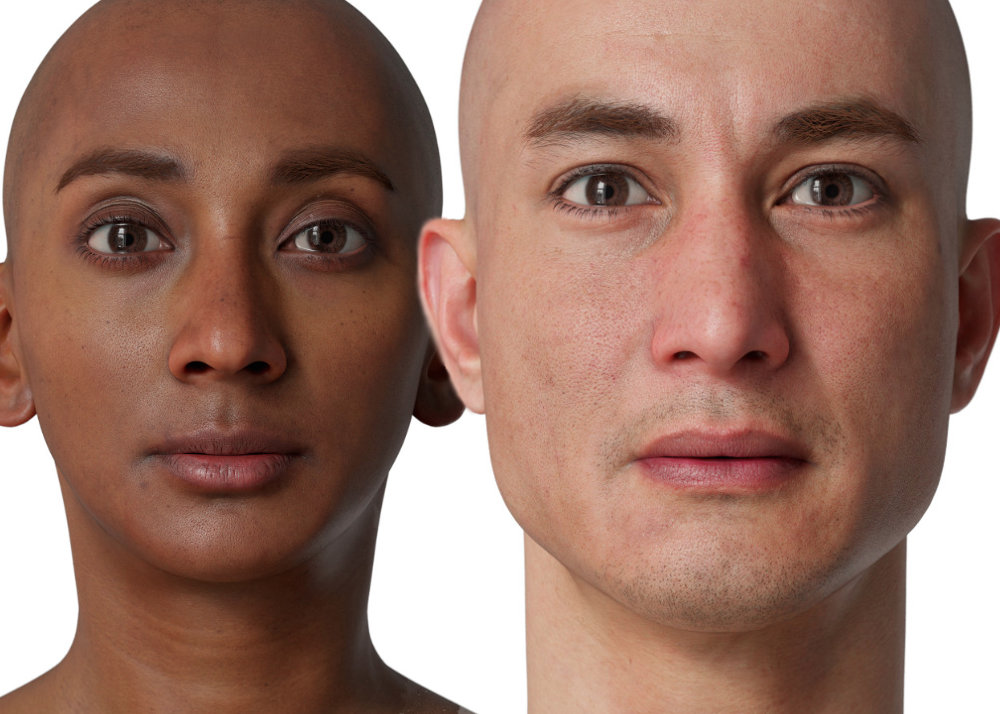We're happy to report that we won a grant from Innovate UK! This will help fund development of the breathing mechanics, plus enhanced testing with the help of two universities. Nottingham Trent have an Immersive Lab managed by Jonathan Worth, who has kindly offered to help us test this system. And Manchester Met who have academics who've worked with the SAS, analogue space missions and elite athletes in the field of stress-resilience. And we're currently doing a call out for playtesters online who'll feed in to the development.
The exciting thing about working on this is that we can have little breakthroughs, where thoughts that were initially quite abstract, start to form into tangible directions. I've started hooking up the breathing system to Unreal's Gameplay Ability System, and as I work on that, it really helps with thinking about how the breathing can function. In our first iteration we had a UI, and that just felt wrong. So we started to think more in the direction of the embodied avatar, as I wrote about in the previous blog post. The player character can be breathing anyway, have a heartbeat and so on, and then it becomes more about the player smoothing the effects happening in the player character.
This opens the door to alot of very interesting stuff, most of which is too involved for a blog post. But one of the ways that this is becoming very tangible, is in thinking about character. The world of the game is like Squid Game- ordinary people co-opted into a brutal competition. In games like Apex Legends, Team Fortress, you can make a team from a predefined set of characters. That's an interesting option. But used slightly differently. The weaknesses of a character, or a character type, might be much more extreme, particularly at the beginning. And of course that would also mean that they have specific talents that they can master too. But from moment to moment, during gameplay, it gives us much more interesting ways to communicate what's happening, to the player.


No Comments.